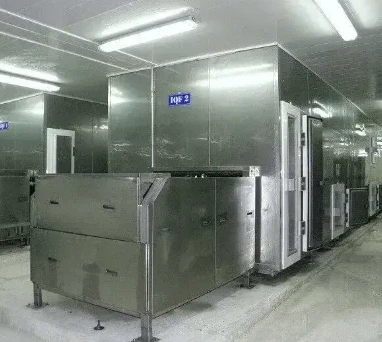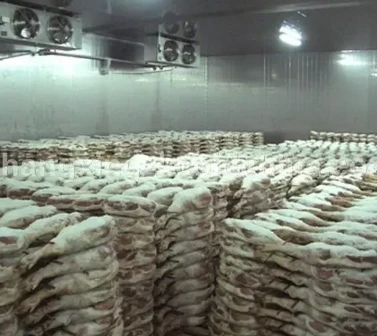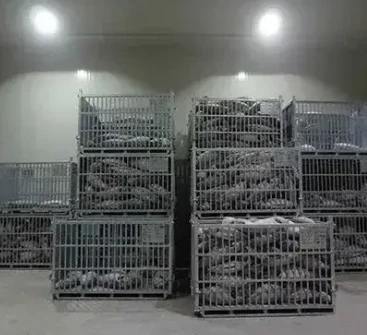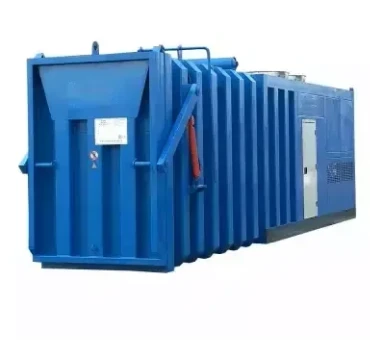Chiller Room Price: Understanding Costs and Factors
In today's industrial and commercial landscape, chiller rooms play a vital role in maintaining temperature-controlled environments for various applications. Whether it's for food storage, pharmaceuticals, or industrial processes, investing in a chiller room requires careful consideration of several factors, including its price. In this comprehensive guide, we delve into the intricacies of chiller room pricing, exploring the key determinants and considerations that impact costs.
Understanding Chiller Room Pricing
The cost of a chiller room can vary significantly depending on several factors, including size, capacity, features, and specifications. Generally, larger chiller rooms with higher capacity and advanced features tend to have higher price tags. Additionally, factors such as installation requirements, location, and maintenance needs can also influence the overall cost.
Factors Influencing Chiller Room Price
Size and Capacity: One of the primary determinants of chiller room price is its size and cooling capacity. Larger chiller rooms designed to accommodate more significant volumes of goods or equipment typically come with higher upfront costs.
2. Cooling Technology: The type of cooling technology employed in the chiller room also affects its price. Conventional compressor-based chillers may be more affordable upfront, while more advanced options like absorption chillers or variable refrigerant flow (VRF) systems may command a higher price due to their energy efficiency and advanced features.
3. Insulation and Construction: The quality of insulation and construction materials used in the chiller room can impact its price and long-term performance. High-quality insulation not only ensures better temperature control but also reduces energy costs over time.
4. Customization and Additional Features: Chiller rooms can be customized to meet specific requirements, such as temperature ranges, humidity control, and specialized storage needs. The inclusion of additional features and customization options can add to the overall cost but may provide significant benefits in terms of operational efficiency and performance.
5. Energy Efficiency: Energy-efficient chiller rooms not only help reduce operational costs but also contribute to environmental sustainability. While energy-efficient models may come with a higher initial investment, the long-term savings on energy bills make them a cost-effective choice for many businesses.
6. Installation and Maintenance: The cost of installation, commissioning, and ongoing maintenance should also be factored into the overall price of a chiller room. Proper installation by qualified professionals and regular maintenance are essential for optimal performance and longevity.
Conclusion
In conclusion, chiller room pricing is influenced by various factors, including size, capacity, cooling technology, insulation, customization, energy efficiency, and installation/maintenance requirements. By understanding these factors and conducting a thorough assessment of your specific needs, you can make an informed decision and invest in a chiller room that offers the best value for your business. Remember to consider not only the upfront costs but also the long-term benefits and savings associated with a well-designed and efficiently operated chiller room.
















































































































